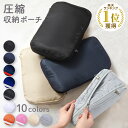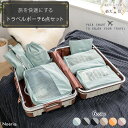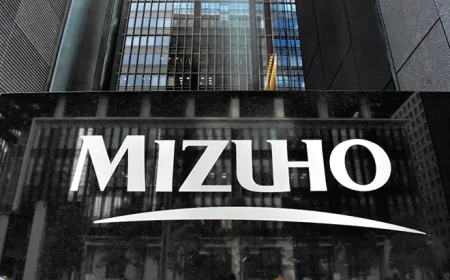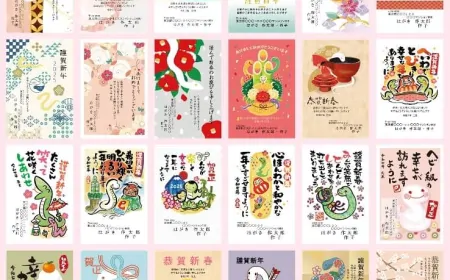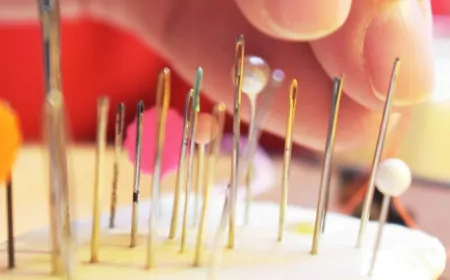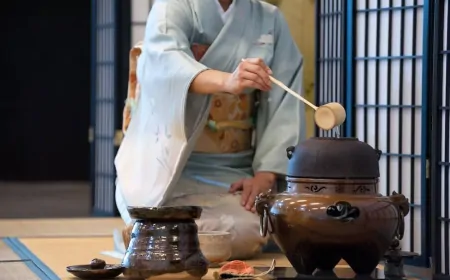The Japanese Yen - Fascinating things you might not know
Every country uses its own currency, which reflects its commercial and economic value. Currency is also a symbol of the history and cultural development of each nation. Japan, the world's third-largest economy, known for its rich historical traditions and unique culture, is no exception.

We all know that the Japanese Yen is the official currency of Japan, but have you discovered the interesting facts behind it? In today's article, let's explore more about the characteristics of the Japanese Yen.
1. The Origin of the Yen
Yen, symbolized as ¥ and internationally denoted as JPY, is the sole official currency unit in Japan. The Yen was issued by the Meiji government in 1871 to stabilize the Japanese market at that time. Since the Tokugawa period, the Yen has become the official currency, completely replacing the monetary system of the "Land of the Rising Sun."
2. Current Denominations of the Yen
Currently, Japan maintains two forms of currency: coins and banknotes. In the currency circulation system, Japan allows the use of six coin denominations, including 1 Yen, 5 Yen, 10 Yen, 50 Yen, 100 Yen, and 500 Yen. On the other hand, banknotes are available in four denominations: 1,000 Yen, 2,000 Yen, 5,000 Yen, and 10,000 Yen. Let's delve deeper into the characteristics of each type and the interesting stories behind them.
a. Coins
- 1 Yen Coin:
1 Yen is the smallest denomination in Japan. Due to its small value, the 1 Yen coin is usually used as small change when shopping or as a lucky coin when visiting temples. In fact, you cannot use a 1 Yen coin to make purchases at vending machines. The coin is designed with a diameter of 20mm, weighs only 1g, and is made entirely of aluminum. Interestingly, this coin has a lower value than its production cost, estimated to be around 2-3 Yen. - 5 Yen Coin:
This is the only coin without numbers; it is designed with a diameter of approximately 22mm, weighing 3.75g. The obverse side features an image of rice ears, with a small round hole in the center with a radius of 5mm. The rice ear pattern on the 5 Yen coin is considered a symbol of Japan's agriculture and industry. Additionally, the pronunciation of "5 Yen" making it a lucky coin for the Japanese people. You can easily come across 5 Yen coins at shrines and temples, places of spiritual significance, symbolizing a connection with deities and a desire for good fortune in all aspects of life. It is also a meaningful gift to give to loved ones, expressing wishes for wealth, destiny, and luck. - 10 Yen Coin:
The 10 Yen coin is minted with a diameter of 23.5mm, weighing 4.5g, and made of copper. One side of the coin features a raised design of the Byodoin Temple, one of the oldest Buddhist temples in Kyoto and a designated World Heritage site. Travelers can commonly use the 10 Yen coin at vending machines. - 50 Yen Coin:
The 50 yen coin is similar in design to the 5 yen coin, featuring a small round hole in the center with a diameter of 4mm and weighing 4g. The only difference is the intricate floral pattern engraved on the coin, depicting chrysanthemum flowers. Chrysanthemums are considered the national flower of Japan, symbolizing the imperial family and also appearing on the country's coat of arms. - 100 Yen Coin:
This coin has the longest circulation history among all Japanese coins, having been issued and used since 1957. Originally, the reverse side of the 100 yen coin depicted a phoenix, symbolizing the rebirth and strong vitality of the Japanese people. Today, the reverse side features cherry blossoms, an iconic symbol of the Land of the Rising Sun. In recent years, the exchange rate has been around 100 yen to 1$, making it convenient for tourists to use the coin for their shopping activities. - 500 Yen Coin:
The 500 yen coin is the largest in size among Japanese coins, with a diameter of 26.5mm and weighing 7g. It is also the highest-denomination coin in the world. According to the current exchange rate, one 500 yen coin is equivalent to over 5$. Due to its high value, the 500 yen coin is widely used in everyday life by the Japanese people. With just 500 yen, tourists can enjoy a beef gyudon rice bowl with miso soup and salad, go shopping at supermarkets, or even experience a public bath in Japan.
b. Banknotes
- 1,000 Yen Note:
The 1,000 yen note is one of the most commonly used banknotes in Japan. The front side features a portrait of Dr. Noguchi Hideyo, a renowned physician and bacteriologist who made significant contributions to the prevention of tropical diseases. The back side of the note depicts Mount Fuji, the iconic symbol of Japan, along with cherry blossoms. This denomination is widely accepted in vending machines, ticket machines, and various establishments across the country. With 1,000 yen, tourists can enjoy a quality lunch, watch a movie at the theater, purchase souvenirs, or even buy a T-shirt at UNIQLO. - 2,000 Yen Note:
The 2,000 yen note is the rarest denomination you may encounter when visiting Japan. Although it was introduced in 2000, its circulation has been limited, and in 2003, its issuance was discontinued. The front side of the note features Shurei-mon Gate, a prominent landmark of the Ryukyu Kingdom on Okinawa Island. The back side depicts scenes from the Genji Monogatari, considered the world's first novel. Despite its scarcity, tourists often collect and exchange this banknote as a memorable souvenir from their journey to the Land of the Rising Sun. - The 5,000 Yen Note:
The figure depicted on the 5,000 yen note is a highly significant individual who is neither a politician nor a powerful figure. It is Higuchi Ichiyo, a novelist, literary critic, and scholar of English literature during the Meiji era. She appeared on the 5,000 yen note in 2004 to honor her contributions to Japanese literature and as an inspiration to millions of Japanese women striving to surpass their limits. The reverse side of the note features the "Kakitsubata Flowers" gate. - The 10,000 Yen Note:
This is the highest-denomination banknote, equivalent to approximately 100$. The important figure appearing on this "valuable" note is Fukuzawa Yukichi, a renowned Japanese philosopher and the founder of Keio University. The reverse side features an image of a phoenix at the Byodoin temple. With this denomination, you can travel, shop, and indulge in famous dishes at renowned restaurants and establishments. Moreover, if you manage to find budget airlines, you can even fly to Hokkaido or Okinawa with just 10,000 yen.
3. Interesting Facts about the Japanese Yen You Might Not Know:
- Since 1971, the yen has appreciated by 400% against the US dollar.
- The 0.1 yen coin was first issued in 1947, featuring a dove.
- The 500 yen coin is the highest-denomination coin in the world and is currently worth approximately 6 US dollars.
- Japan's economy grew so rapidly during the 1980s that it nearly matched the size of the United States.
- Counterfeiting the 5 yen and 50 yen coins is difficult due to the small hole in the center.
- Japanese currency does not display the year of minting or issuance; instead, it indicates the era of the emperor.
- In 1945, the US government distributed leaflets in Japan that resembled 10 yen notes to instill fear of inflation.
- The Japanese denomination names: 1,000 yen = 1 sen, 10,000 yen = 1 man, 10 sen = 1 man.
- Every 20 years, the Bank of Japan issues new banknotes to deter counterfeiting.
In conclusion, we have explored the mysteries and characteristics of the Japanese yen across different denominations and time periods. By understanding a country's currency system, we not only gain insights into its economic and commercial landscape but also appreciate the cultural and traditional aspects of each nation. Hopefully, this article has provided you with useful information about the familiar Japanese yen. Enjoy your journey of discovery in the "Land of the Rising Sun."
Related Products
